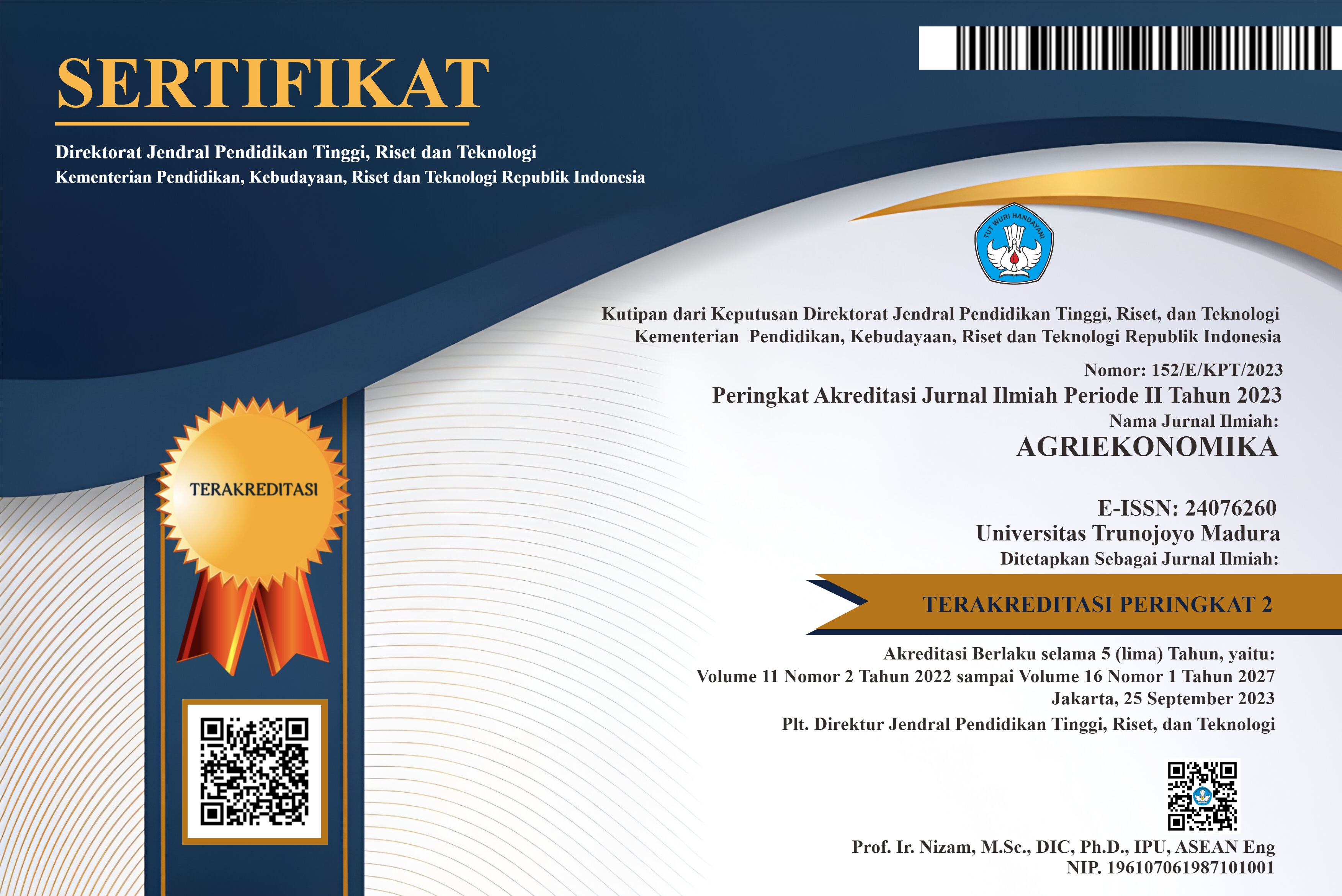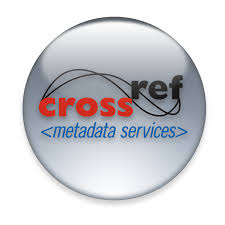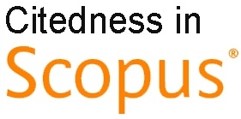Fisheries Recources Status of Rasbora (Rasbora sp) in Rawa Pening, Semarang, Central Java: Bioeconomic Analysis
Abstract
Keywords
Full Text:
PDF (Bahasa Indonesia)References
Dewi, Dian A. N. N. 2010. Bioeconomic Analysis of Kerang Simping (Amusium plueronectes) for Natural resources Management in Batang Regency, Jawa Tengah Province. Thesis. Magister of Economics Science and Development Studies, Universitas Diponegoro, Semarang.
Effendie, M. I. 2002. Fish Biology. Yayasan Pustaka Nusatama. Bogor.
Fauzi, A. 2006. Fisheries Economics : Theory, Policy, and Management. Gramedia Pustaka Utama. Jakarta.
Folley, Naomi S, Armstrong, Claire W. Kahui, V., Mikkelsen, E., and Reithe, Siv. 2012 A Review of Biocenomic Modelling of Habitat Fisheries Interactions. International Journal of Ecology Volume(Nomor):1-11.
Gulland, J.A.1969. Manual Method for Fish Stock Assessment. Part 1: Fish Population Analysis. Food and Agriculture Organization (FAO) of The United Nations, Rome.
Gordon, H Scott. 1954. The Economic Theory of a Common-property Resources: The Fishery. Journal of Political Economy 62(2):124-142.
Nabunome, W. 2007. Bioeconomic Model Analysis and Fisheries Management of Demersal Fish in Tegal Regency, Central Java. Thesis. Magister of Coastal Resources Management Universitas Diponegoro, Semarang.
Noordiningrum, R, Zuzy Anna, dan Suryana, AAH. 2012. Bioeconomic Analyis Gordon Schaefer Model Case Study Oreochromis niloticus Utilization in Cirata Resevoir Cianjur, West Java. Jurnal Perikanan dan Kelautan 3(3): 263-274
Susilo, Setyo Budi. 2009. Fish Stock Condition in Southern Coastal Water of West Java. Jurnal Ilmu-ilmu Perairan dan Perikanan Indonesia 16(1): 39-46
Sobari, M. Prihatna, Diniah, and Widiarso, D.I. 2008. Analysis of “Maximum Sustainable Yield” and “Maximum Economics Yield” Use Bio-economics Static Models of Gordon-Schaeffer from Spiny Lobsters Capture on Wonogiri. Jurnal Ilmu-ilmu Perairan dan Perikanan Indonesia 15(1): 35-40
Sparre. P, and Venema, Siebren C. 1998. Introduction to Tropical Fish Stock Assessment. Part 1.: Manual, FAO Fisheries Technical Paper 306/1.Rev.2 International Year of The Ocean ’98. DANIDA. Food and Agriculture Organization of The United Nations, Rome.
State Agency of Animal Husbandry and Fisheries Semarang. 2004-2013. Fisheries Statistic. Semarang Regency. Semarang.
DOI: https://doi.org/10.21107/agriekonomika.v5i1.1342
Refbacks
- There are currently no refbacks.







